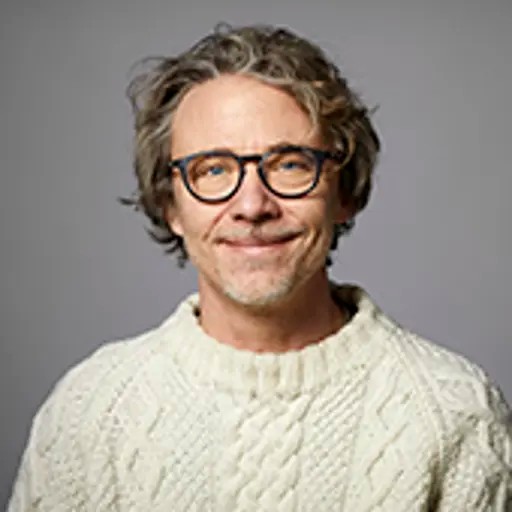Course syllabus adopted 2021-02-26 by Head of Programme (or corresponding).
Overview
- Swedish nameBiologisk och bioteknisk fysik
- CodeTIF315
- Credits7.5 Credits
- OwnerMPPHS
- Education cycleSecond-cycle
- Main field of studyEngineering Physics
- DepartmentPHYSICS
- GradingTH - Pass with distinction (5), Pass with credit (4), Pass (3), Fail
Course round 1
- Teaching language English
- Application code 85124
- Block schedule
- Open for exchange studentsYes
Credit distribution
Module | Sp1 | Sp2 | Sp3 | Sp4 | Summer | Not Sp | Examination dates |
|---|---|---|---|---|---|---|---|
| 0119 Examination 7.5 c Grading: TH | 7.5 c |
|
In programmes
- MPBME - BIOMEDICAL ENGINEERING, MSC PROGR, Year 2 (elective)
- MPPHS - PHYSICS, MSC PROGR, Year 1 (compulsory elective)
Examiner
 Fredrik Höök
Fredrik Höök- Assistant Head of Department, Physics
Eligibility
General entry requirements for Master's level (second cycle)Applicants enrolled in a programme at Chalmers where the course is included in the study programme are exempted from fulfilling the requirements above.
Specific entry requirements
English 6 (or by other approved means with the equivalent proficiency level)Applicants enrolled in a programme at Chalmers where the course is included in the study programme are exempted from fulfilling the requirements above.
Course specific prerequisites
A basic understanding of thermodynamics, statistical physics and optics is advantageousAim
The course is aimed at providing the basic theoretical tools and an increased understanding of central concepts in biological and biotechnical physics. It will also provide an enhanced capability of planning, conducting, analyzing and presenting experimental with focus on medical diagnostics and drug development.Learning outcomes (after completion of the course the student should be able to)
Understand and use key vocabulary and physical concepts of relevance for biological systems, and be able to describe the basic physical aspects of biological molecules, such as for example DNA, RNA, proteins, enzymes, cell membranes and live cells. Gain new insights about the structural complexity of live cells, exemplified using e.g. photosynthesis, the respiration chain and the function of our senses. Gain knowledge on how to plan and perform experiments in the subject, thereby gaining qualitative insight in some of the main concept of the course, with focus on biosensing and optical imaging.Content
The theory part focuses on the following aspects: i) The molecules that are the functional building blocks of living organisms, ii) Physical models to describe life processes iii) Intermolecular interactions in chemical (non)equilibrium in the living cell, iv) Random walks and dynamical molecular machines, v) Biological membranes and transport into and out of cells, vi) Biological electricity, photosynthesis and the function of our senses.
An important aspect of the course is to utilize the tools and knowledge you have from before in thermodynamics, statistical physics, solid state physics and soft matter physics (or chemistry, biochemistry, physical chemistry if your background is not physics). The experimental part of the course consists of i) one introductory experiment in which you get used to handling buffers and biomolecules in experiments and ii) a larger project focusing on some of the fundamental concepts in the course, such the physical base for the intermolecular interactions that are utilized in e.g. medical diagnostics and how bioanalytical tools and different optical imaging systems are used in biotechnology and diagnostics.
Organisation
The course consists of around 12 lectures, focusing on theoretical models applicable to Biological Physics, and how the experimental methods used in the laboratory exercises and projects relate to the theory part, including additional applications of biological physics. It also included an experimental part consisting of both training experiments and a more challenging experimental project to be run at three occasions in groups of 3-4 students during the entire courseLiterature
Kursbok: Physical Biology of the Cell, 2nd edition, Rob Phillips, Jane Kondev, Julie Theriot and Hernan Garcia; Garland Science 2013.Examination including compulsory elements
Two to three home problems and two oral exams (one in group and one individual) covering the theory part. Written and oral presentation of the experimental project at the end of the course. The theoretical and experimental parts will have an equal weight in the final grade.The course examiner may assess individual students in other ways than what is stated above if there are special reasons for doing so, for example if a student has a decision from Chalmers about disability study support.